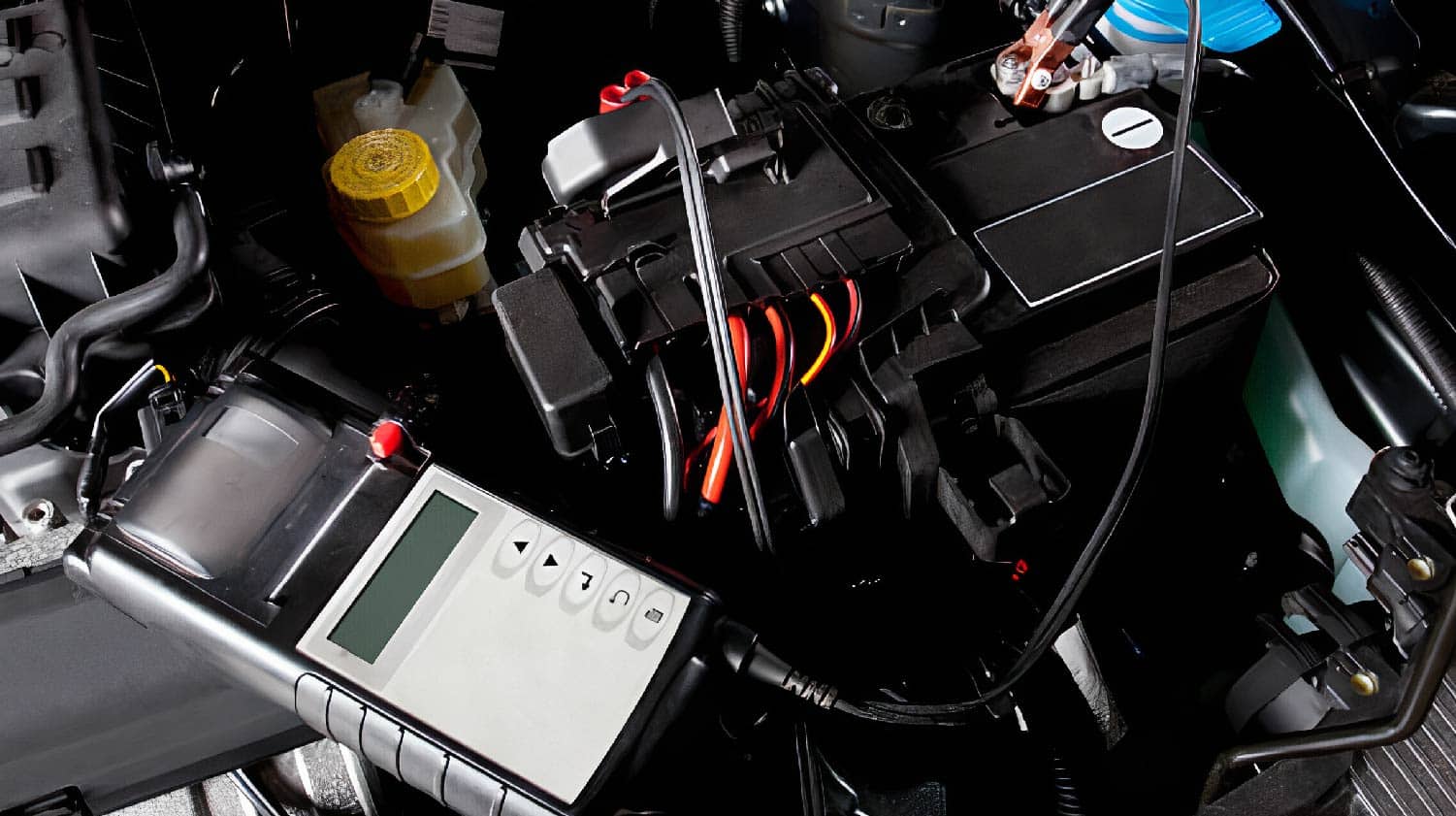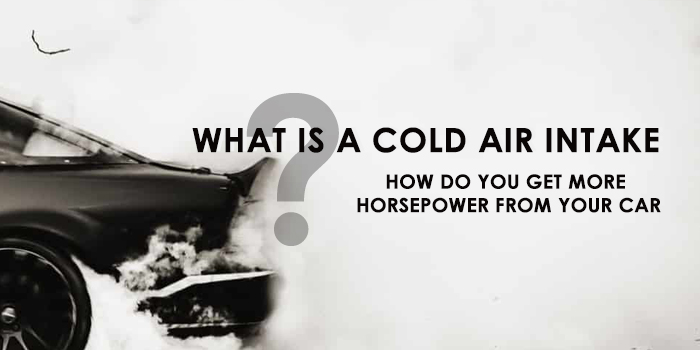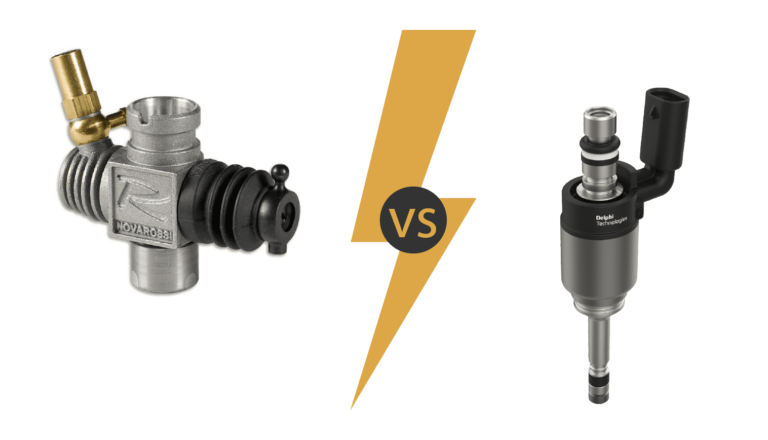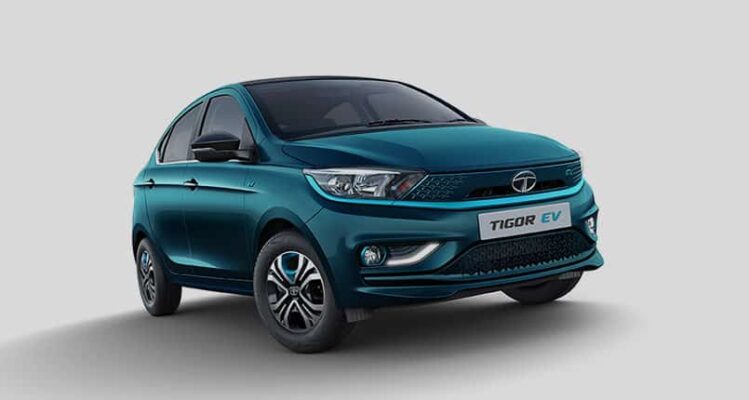
Have you ever faced a situation of a dead car battery? It is one of the most irritating things because your car battery starts the engine and controls all the electrical systems in the car which include the car lights, radio system, windshields, electric windows, etc. If you are stuck with a dead car battery, then be ready to either call a road assistance service or find a way to get your car to a garage, both of these options being very tedious.
Another way is to charge your car battery by yourself. Doing this is a relatively easy task; All you require is a portable battery charger. You can recharge the car battery anywhere you need to, even if you are stuck on the side of the road. Our detailed guide will help you understand How to Recharge a Car Battery whenever and wherever you want.
What Does a Car battery Do?
A car battery converts chemical energy into the electrical energy that powers your car and delivers voltage to start the car. Your car battery also provides the required electricity needed to put electrical systems to work. And it also maintains the energy supplies that keep your engine running.
Things to Do Before Recharging a Car Battery
Here is the list of things you should do before changing a car battery.
-
Refer Manual
Depending on the type of vehicle model, there are specific instructions that you should have a look upon before recharging a car battery.
-
Check Safety
Ensure that you recharge the battery in an area with no fires, sparkles, or smoke. We recommend taking any jewelry as it can be dangerous. Also, put on glasses and gloves if possible.
-
Check the smell
If your car battery emits the smell of rotten eggs, the battery might be leaking dangerous gas, and you should avoid charging the battery. If this is the case, please stay away from the car and let a professional to look at it.
-
Check the heat
If your battery is blowing heat, it means that it is working harder than it should. Let it cool down before recharging it.
-
Prepare the Battery
Prepare your battery before you start to charge it. Firstly, determine whether you need to remove the battery, some modern batteries can be charged in the holding tray itself. In most of the cars, you will have to remove the battery to recharge it.
-
Turn off Car Electronic Systems
Once your battery is ready for charging, ensure that all the electric systems, including car lights, radio system, windshields, electric windows, etc., are off. If the electronic system remains on during charging, the battery may encounter an electrical arch during the process.
-
Remove the Negative and Positive Terminals
After confirming that all power is off, start disconnecting the negative terminal of your car’s battery. The negative terminal comes with a black cable and a ( – ) logo. The positive terminals come with a red and displays a ( + ) symbol.
Remove the plastic caps or any clamps over battery terminals. Use a spanner or a wrench to loosen the negative wire, then pull it away from the battery. Ensure that the negative wire is away from the positive wire to halt to avoid any contact between the two terminal cables.
Repeat the same process for the positive wire. Again remove the positive terminal slowly and place it away from the negative line to avoid contact between the two wires.
-
Clean the Battery Terminals
Clean the power residue left at the battery terminals. You can remove this residue by preparing a solution of 1 tablespoon of baking soda and 250 ml of hot water. Then apply this solution to the corrosion scrub with an old toothbrush.
You might be thinking, why to clean the terminals? Cleaning compensates for the battery acid. It also prevents breakdowns while recharging the battery or while reconnecting the battery terminals.
While cleaning your battery’s terminals, wear face and eye protection for your safety.
How to Recharge a Car Battery at Home
Here are the steps to recharge a car battery at home using a portable car battery charger.
- Firstly, check to make sure the charger is disconnected from the power source.
- Leave it unplugged before charging.
- Select the suitable charging setting for your car battery condition and battery type.
- You will have to use the charger cables attached to the charger. Unwrap them if necessary.
- Identify the positive and negative terminals of the car battery.
- Look for a + symbol for positive; a – sign for the negative near the terminal. In some cases, it may be marked as N or Neg and P or pos as well.
- Attach the red wire to the positive end of battery.
- Connect the black cable to the negative end.
- Connect the charger to a power output.
- An extension may be required to reach the car, keep it ready.
- Allow the battery to charge fully.
- Unplug the charging safely from the power.
- Switch off the device and remove both negative and positive clamps slowly.
- After successfully unplugging the charger, you can quickly check the charge with the help of a multimeter. An appropriately charged battery should display 12.6 volts or higher.
- In case you don’t have the multimeter, try starting the engine and turn on the headlights.
Recharging a Car Battery from Another Car Battery
You can also charge the battery through another car battery using the steps below.
- Firstly, Locate the car with the charged battery close to the car with the dead battery.
- Place both the cars in an idle condition in an open space and turn off the engines.
- Next step involves connecting the jumper cables. Connect the red cable to the positive end of the discharged battery.
- Connect the other end of the red cable to the positive end of the live battery.
- Connect one side of the black cable to the negative terminal of the charged battery.
- Carefully fix the other end of the black wire to the solid/metallic part of your car’s engine.
- Ensure you don’t attach black cable to the negative post on the battery directly.
- Start the engine of the car whose battery is charged. Let the car be stationary for some time
- Start the engine your car.
- Once the engine has charged, disconnect the jumper wires in the reverse order.
- Disconnect the black cable from the car’s engine block of the dead battery.
- Then, drive the car for at least 30 minutes to give the battery a considerable charge.
How Long Should You Recharge a Battery
The time required to recharge a car battery depends on many factors such as the strength of the charger and the battery’s voltage. Charging a car battery with a charger could take two hours to a couple of days. Although a partially charged car battery also allows you to run a car, at least for some time, it is better to charge the battery fully before you use it.
Also, don’t switch off the engine right after the jumpstart. Instead, navigate around for at least 15 minutes to allow the battery to continue charging. You may find yourself again in a helpless situation if you kill the battery too soon. If your battery is bad, it won’t retain charge irrespective of the time you recharge.
The Final Word
Recharging a car battery can be time-consuming and tedious. Restoring a car battery is relatively easy, as long as you follow the proper steps to do it. If you are ready to handle the cables in the right way and use the charging equipment, then charging your car battery can be a cake walk. Hopefully, our guide above will help you with the process, and the next time your car battery needs a charge, you are more than capable of recharging the battery by yourself.
Frequently Asked Questions
Q1: How long to charge a car battery at six amps?
Ans. The time to charge a car battery at six amps is somewhere around 9 hours.
Q2: Can a completely dead battery be recharged?
Ans. Your car’s alternator can charge a car battery; it doesn’t recharge a dead car battery fully. To charge a completely dead battery, you can connect it to a jump starter or a dedicated battery charger before or after a jump-start.
Q3: How long to charge a car battery at 40 amps?
Ans. It takes somewhere around 2 hours to charge a car battery at 40 amps. Charging a car battery faster can be dangerous and lead to blasts in extreme conditions.
Q4: Can you change a car battery with the engine running?
Ans. No, you cannot change a car battery when the engine is running.
Q5: How do you stop a car battery from draining when not in use?
Ans. You can prevent your sitting car battery from draining out by disengaging the security system to preserve the battery, Charging the battery weekly by driving a car for some time. You can also disconnect the negative terminal to avoid battery draining and getting a portable jump-starter, if possible.
Q6: What is the longest a car battery can last?
Ans. There is no predefined time for a car battery to last. The lifespan of a car battery depends on many factors like extreme Climatic conditions, electronic system usage, and driving habits. Still, the maximum that a car battery lasts is six years.
Q7: How to recharge a car battery after jump start?
Ans. Disconnect the black cable from the car’s engine block of the dead battery. Then, drive the car for at least 30 minutes to give the battery a considerable charge. Once the engine has charged, disconnect the jumper wires in the reverse order.
Q8: How long does it take to charge a 12v battery at 40 amps?
Ans. It usually takes only two amps, and a 12 V car battery would charge fully. It can take one whole day or 24 hours to charge completely. Before driving the car, get the battery to charge at least to some percentage.
Q9: How long do you need to drive to charge a car battery?
Ans. According to experts, you need to drive the car for at least 30 minutes to get some charge. It does not mean that riding the car for 30 minutes will fully charge your car battery.
Q10: How to replace a car battery charger?
Ans. Firstly, check if your battery charger is not producing electricity, remove the plug from the main socket, and then remove the Battery Charger Fuse by using a small screwdriver. Put a replacement fuse into the fuse plug holder. Push it into the slot using your fingers. Replace the cover on the plug and tighten it using a screwdriver.
Q11: How do you tell if a battery is charged?
Ans. Once you charge a car battery, it makes a solid thud and stands firm. If the battery is dead, it bounces and falls over immediately.
Q12: Do car batteries charge while idling?
Ans. Yes, the car battery can charge during idling.
Q13: At what RPM should I charge my car battery?
Ans. To completely charge a car battery, you need to drive for 30 minutes with an RPM of at least 3000 without traffic and ensure that the electronic systems are turned off. Keep the transmission at 4th if you drive a five-speed auto.
Q14: What to do if a car doesn’t hold a charge?
Ans. If your car battery doesn’t hold a charge, you will need to take your car to a garage to fix it, or you may also need to replace a car battery.








